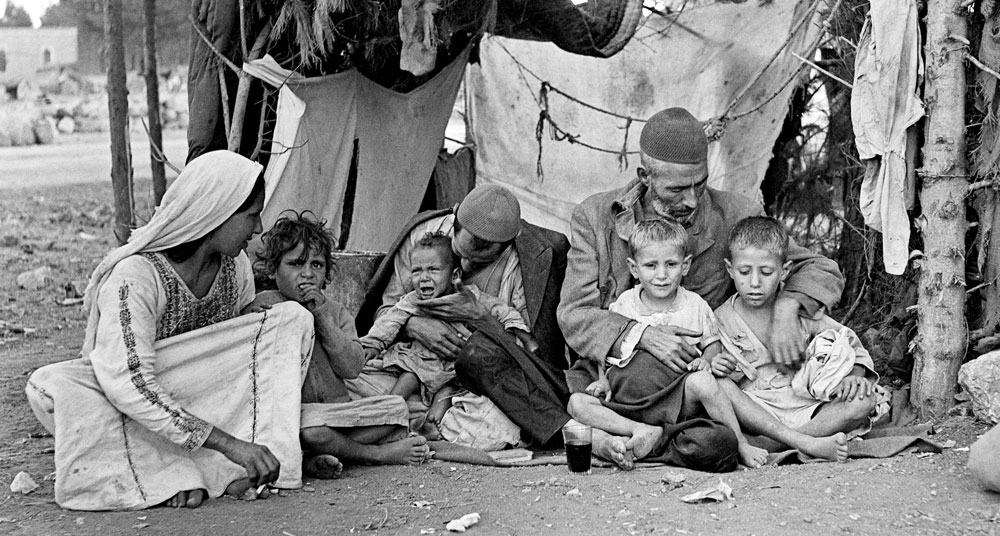
UN Photo
Foreword
This study has been prepared by the Division for Palestinian Rights of the United Nations Secretariat for, and under the guidance of, the Committee on the Exercise of the Inalienable Rights of the Palestinian People, in pursuance of General Assembly resolution 32/40 B of 2 December 1977. The study was published in keeping with the following guiding principles suggested by the Committee:
“The study should place the problem in its historical perspective, emphasizing the national identity and rights of the Palestinian people. It should survey the course of the problem during the period of the League of Nations Mandate and show how it came before the United Nations. It should also cover the period of United Nations involvement in the problem.”
The study is in five parts covering the period 1917 to December 2000.
Part I, published in 1978, offers historical background of the question of Palestine reaching as far back as 1915. This part surveys in detail the period 1917 to 1947, during most of which Palestine was governed under a mandate granted by the League of Nations.
Part II, published in 1979, covers the evolution of the Palestine problem from the time it was taken up in the United Nations to the late 1970s, i.e. 1947 to 1977.
Part III, published in 1984, deals with further development of the question of Palestine into the 1980s and covers the period 1978 to 1983.
Part IV, added in 1990 to the three previously published parts, covers the period 1984 to 1988, during which a series of landmark events took place. These developments signified a qualitatively new phase in the evolution of this long-standing political, socio-economic, humanitarian and moral problem, still awaiting its resolution.
Part V, published in 2014, deals with further development of the question of Palestine into the 1990s and covers the period 1989 to 2000.
Note should be made that the present study consists of the four parts, published in different years, and consolidated in one volume for the convenience of the reader.

